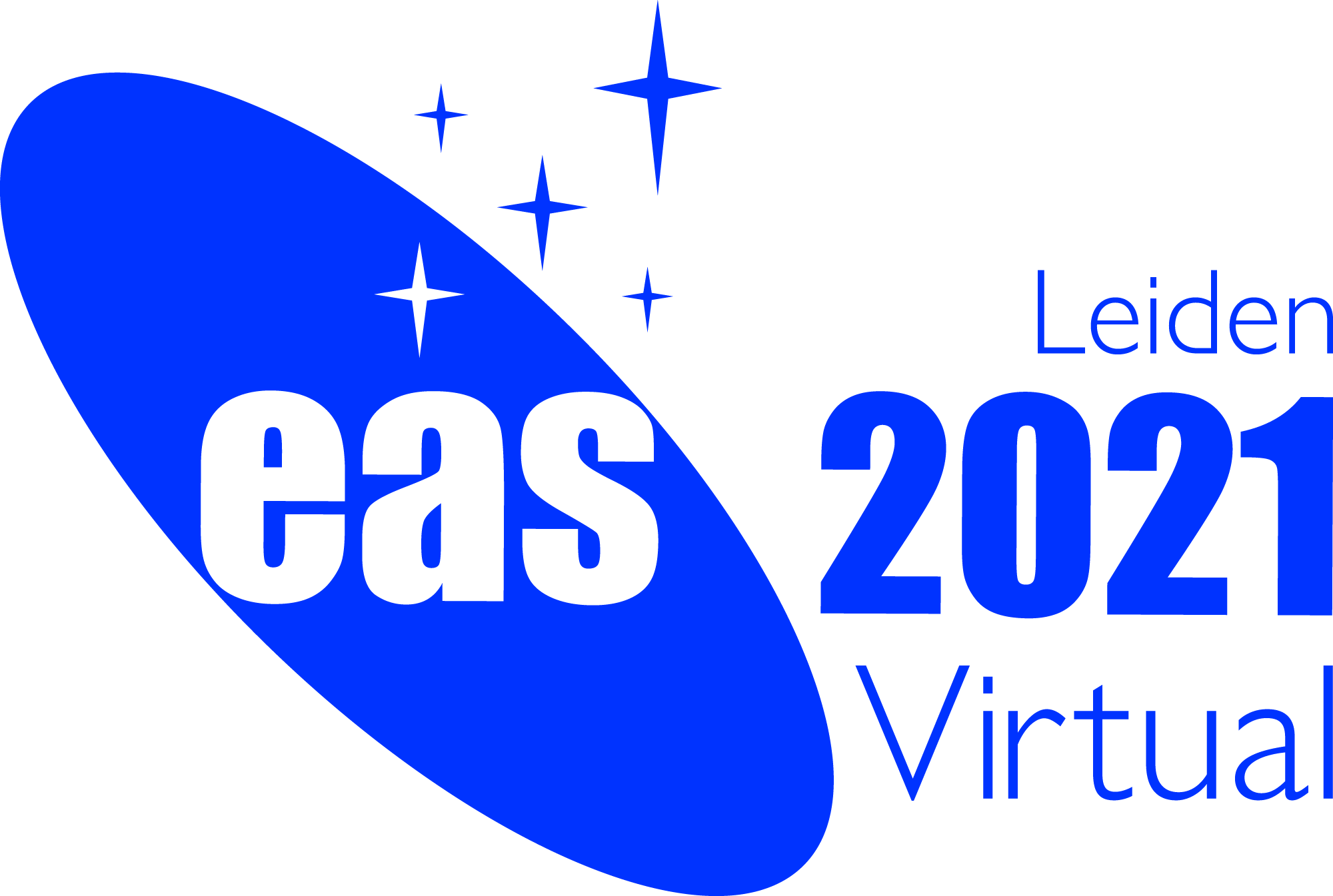
|
Symposium S13
30 June - 1 July 2021
The Transient Universe
Time-domain astronomy is a very active sub-field of astrophysics. Over the last decade, many events such as novae, supernovae (SNe), gamma ray bursts (GRBs), fast radio bursts and blazars provide a unique window to study extreme scenarios especially at radio wavelengths. A variety of groundbreaking scientific results and new discoveries have already emerged, sometimes challenging our understanding of transient phenomena.The recent detections of gravitational wave event GW170817 and its electromagnetic counterpart have begun a new era of multi-messenger astrophysics. Different survey telescopes have been able to detect transients in extreme regimes of astrophysics. The new decade promises even more exciting discoveries, with new facilities such as GOTO, BlackGEM, the Vera Rubin Observatory and the Square Kilometre Array (SKA) beginning operations in the new decade alongside highly-successful existing facilities such as Swift, Gaia, OGLE, ASAS-SN, ASKAP, MeerKAT and ZTF. A key goal for these new facilities is conducting cutting-edge time-domain surveys. European facilities and European researchers are playing a significant role in these surveys and are providing valuable inputs for future time domain science that will be conducted with these upcoming facilities. To that end, we have organised a 2-day Symposium at the European Astronomical Society conference in 2021 to bring together an excellent group of international researchers working on various aspects of transient science and present the state of the art, the challenges and the future perspectives of time-domain astronomy.
Programme
Invited speakers
Scientific organisers Kaustubh Rajwade (Uni. of Manchester, co-chair), Manisha Shrestha (LJMU, co-chair), Anna Bartkiewicz (Nicolaus Copernicus University, Poland),Robert Braun (SKA Organisation, UK), John Conway (Chalmers, Sweden), Chris Copperwheat (LJMU), Phil Evans (Univ. of Leicester), Rob Fender (Univ. of Oxford, UK) , Chiara Ferrari (OCA, France), Andreja Gomboc (Univ. of Nova Gorica), Benjamin Gompertz (Warwick), Jason Hessels (ASTRON, Netherlands), Carole Jackson (ICRAR, Australia), Helen Jermak (LJMU), Evan Keane (SKA Organisation, UK), Jean-Paul Kneib (EPFL, Switzerland), Shiho Kobayahi (LJMU), Michael Kramer (MPIfR, Germany), Carole Mundell (Bath), Miguel Perez-Torres (IAA, Spain), Daniel Perley (LJMU), Isabella Prandoni (INAF, Italy), Steve Schulze (Weizmann), Benjamin Stappers (Univ. of Manchester, UK), Valeriu Tudose (ISS, Romania), Stefan Wagner (Univ. of Heidelberg, Germany), Patrick Woudt (Univ. of Cape Town, South Africa), Lukasz Wyrzykowski (Warsaw) Contact kaustubh.rajwade @ manchester.ac.uk Updated on Mon Jan 18 15:07:23 CET 2021
|
|||||||||||
|
European Astronomical Society |
||||||||||||
 A power cut will shut down all EAS services on Tuesday, 10 January 2017 starting at 7:30 CET.
A power cut will shut down all EAS services on Tuesday, 10 January 2017 starting at 7:30 CET.


